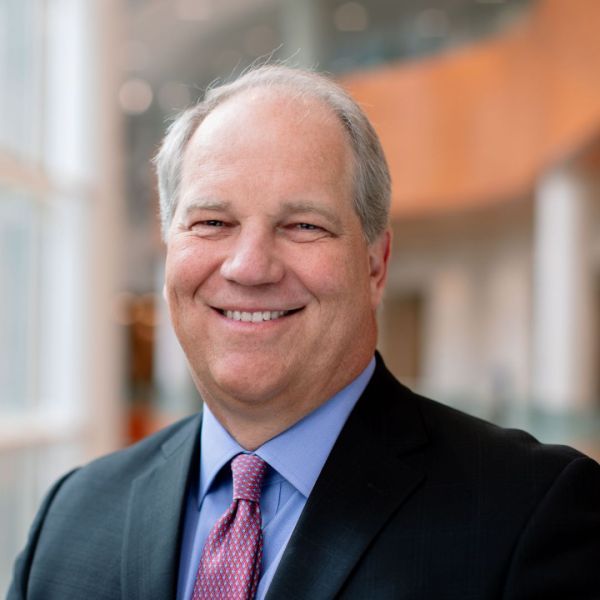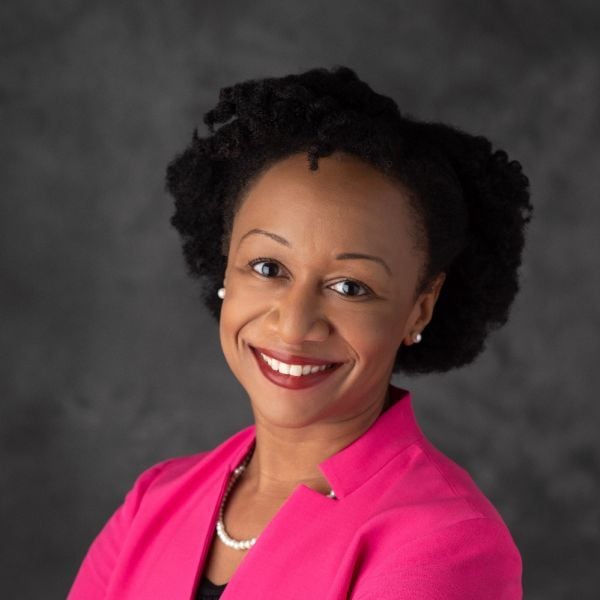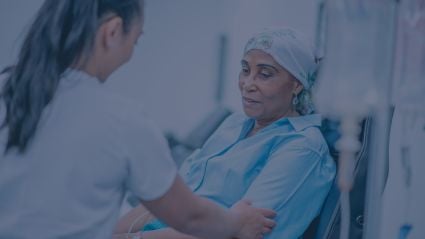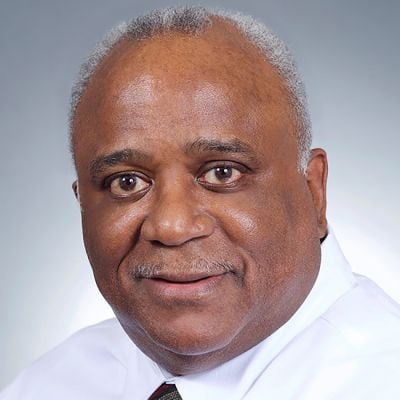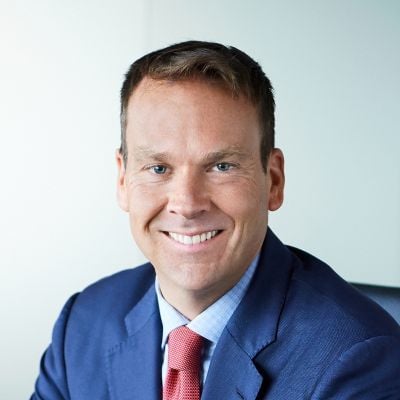
The COVID-19 pandemic laid bare many of the long-standing health inequities in our society, which affect a wide range of quality-of-life outcomes and risks. For the 400 million people worldwide who are living with a rare disease, these inequities can be even more profound.
There are approximately 10,000 known rare diseases, defined in the United States as a disease that affects fewer than 200,000 individuals. People with rare diseases face significant challenges, such as a lengthy diagnostic journey, lack of treatment options, and limited research into and awareness of their conditions. These challenges are compounded for racial and ethnic minorities and marginalized groups, which leads to economic hardship, difficulty accessing care, and poorer outcomes for both patients and caregivers.
The good news is that many health equity challenges in the rare disease space are addressable; we just need to commit to meaningful changes in our approach to research, education, and public policy.
Through continued advocacy and collaboration with all stakeholders in the rare disease ecosystem, change will come.
First, we need to shorten the diagnostic odyssey for rare disease patients. On average, it takes almost five years to receive a rare disease diagnosis, a journey that often involves multiple doctors, specialists, and misdiagnoses along the way. For people living in rural or underserved areas, a lack of medical clinics and transportation options can make this problem even worse.
There is still tremendous disparity in the use of powerful diagnostic tools like newborn screenings and genetic testing (80 percent of rare diseases are genetic, and nearly 50 percent of them affect children). These tools have been proven to speed diagnosis and reduce health-care costs; pilot genetic screening programs in California and Florida have saved millions of dollars through fewer unnecessary procedures, tests, and hospital stays. While it’s clear that these diagnostic tools should be more broadly available, access is hampered by a patchwork of laws governing their use and by insurance coverage.
Even with a diagnosis, only 5 percent of rare diseases have a Food and Drug Administration (FDA)-approved treatment option. Promising treatments require strong clinical evidence and testing to show that the medicine will work as expected, and we must ensure that underrepresented populations have a fair chance at inclusion in clinical trials. With rare diseases, it is difficult to have representative clinical trials when the patients are scarce and the presentation of a disease differs among patients. How we design study protocols, identify testing sites, and reduce barriers for participation can increase diverse participation in clinical trials, as well as the use of digital health technologies that make it easier to reach people in underserved geographic locations.
Wider use of real-world data and evidence also is important for evaluating emerging treatments in racial and ethnic minority groups given the long-standing and complex barriers to clinical trial participation among these patient groups. FDA is beginning to outline more flexible approaches for the collection and use of these data and evidence, as well as for clinical trial design. Additional guidance from the FDA on how to support efforts to bring more diversity into clinical trials and rare disease studies would improve both our knowledge of these diseases and patients’ health outcomes.
Finally, outreach and education within minority and ethnic communities and their health-care providers are critical. Engaging early and often with patients to understand their journeys is crucial to uncovering what health inequities they face. And health-care providers often lack knowledge of rare diseases and have their own biases, making it hard to diagnose and provide appropriate treatments for patients. Raising awareness of rare diseases among these communities can make a difference in care.
People living with rare diseases have long faced a common challenge: equitable access to health care. Yet growing acknowledgment that rare diseases are as much of a public health priority as more common diseases has the potential to change the health-care landscape for millions of people. There is much more work to be done, but through continued advocacy and collaboration with all stakeholders in the rare disease ecosystem, that change will come.



